Top Japanese movies everyone should watch
Japanese cinema offers a diverse and profound collection of films that have left an indelible mark on global culture. From animated masterpieces to groundbreaking dramas and thrilling action, these movies represent some of the best the country has to offer.

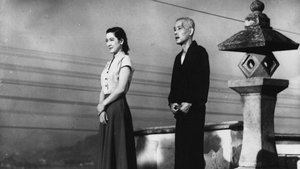
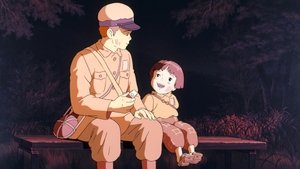
Exploring Japanese cinema is like embarking on a journey through centuries of storytelling tradition, technical innovation, and profound human insight. The sheer scope is astonishing, spanning from the golden age of masters like Akira Kurosawa, whose influence on Westerns and action films is undeniable (just look at Seven Samurai or Rashomon), to the unparalleled artistry of Studio Ghibli, which has redefined animation for generations worldwide with films like Spirited Away and Princess Mononoke.
But it's not just epics and fairy tales. Japanese film delves into the depths of human experience with unflinching honesty. Consider the devastating emotional power of Grave of the Fireflies, a film that stays with you long after the credits roll, or the quiet, observational beauty of Yasujiro Ozu's work, exemplified by the timeless classic Tokyo Story.
The landscape also includes genre-bending thrillers like Satoshi Kon's mind-bending Perfect Blue or the controversial intensity of Battle Royale. And in recent years, anime continues to capture hearts globally with stunning successes like Your Name.
These films aren't just entertainment; they are cultural artifacts that offer unique perspectives on history, society, and the universal aspects of life. Whether you're a seasoned cinephile or new to Japanese movies, this list provides a fantastic entry point into a truly extraordinary cinematic world.
14. Battle Royale (2000)
Battle Royale is a controversial and influential film that sparked considerable debate upon its release. Directed by Kinji Fukasaku, it's set in a dystopian future Japan where, as a method of curbing juvenile delinquency, a group of junior high school students is taken to a remote island and forced to fight to the death until only one survivor remains.
The film is known for its shocking premise and graphic violence, but it also functions as a dark satire on societal pressures and the anxieties surrounding youth. It became a cult classic and is often cited as a precursor to the popularity of the
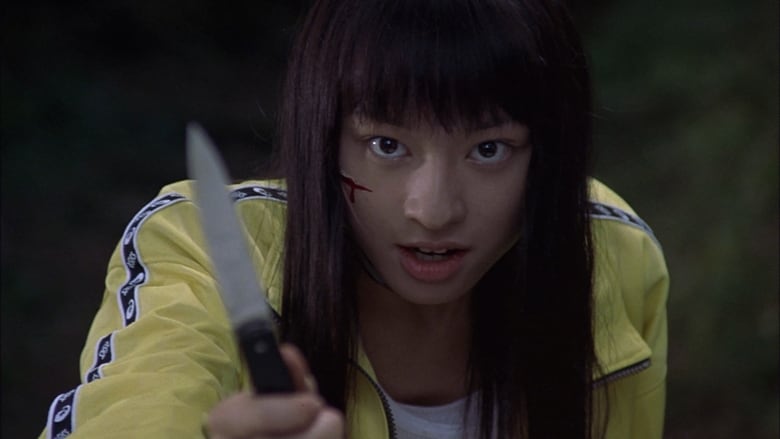
13. Departures (2008)
Departures (Okuribito) is a deeply emotional and surprisingly warm film about life, death, and dignity. It follows a young man who, after his orchestra disbands, moves back to his hometown and unexpectedly finds work as an nōkanshi – a traditional Japanese ritual mortician who prepares bodies for cremation or burial.
This film won the Academy Award for Best Foreign Language Film in 2009, a significant achievement that brought it international attention. The subject matter might sound grim, but the film handles it with incredible grace, sensitivity, and even moments of gentle humor. It offers a fascinating look at a little-known profession and the cultural rituals surrounding death in Japan, ultimately becoming a powerful story about finding purpose and connecting with others.
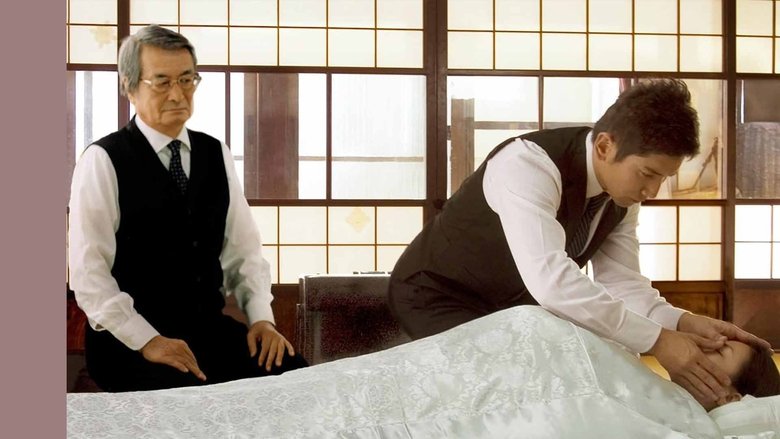
12. Kiki's Delivery Service (1989)
Hayao Miyazaki's Kiki's Delivery Service is a charming and heartwarming coming-of-age story. It follows Kiki, a young witch who, according to tradition, must leave home at age 13 to find a new city and establish herself. Along with her talking cat Jiji, she starts a delivery service using her broomstick flying ability.
The film is notable for its gentle pacing, beautiful European-inspired setting, and focus on Kiki's internal struggles with independence, self-doubt, and finding her place in the world. It's a more grounded fantasy compared to some Ghibli films, emphasizing everyday challenges alongside magical elements. It was Studio Ghibli's first film released under the Disney distribution deal, helping introduce Miyazaki's work to a wider Western audience. It's a comforting and uplifting film about perseverance and friendship.

11. The Wind Rises (2013)
The Wind Rises is a historical fantasy film written and directed by Hayao Miyazaki, loosely based on the life of Jiro Horikoshi, the chief engineer of many Japanese fighter planes during World War II. The film is a fictionalized biography that blends historical events with Miyazaki's signature dreamlike sequences and focus on the beauty of flight.
Initially intended to be his final feature film before his brief retirement, it offers a more adult and reflective tone compared to some of his earlier works, exploring the complex relationship between creation and destruction. The sound design is particularly unique, with many sound effects, like engine noises and earthquakes, created using human voices. It's a poignant and visually stunning meditation on passion, dreams, and the consequences of one's creations.

10. Perfect Blue (1998)
Satoshi Kon's Perfect Blue is a psychological thriller that delves into the dark side of fame, identity, and the blurred lines between reality and illusion. It follows Mima Kirigoe, a pop idol who decides to transition into acting, only to find her life spiraling into paranoia and terror as she's stalked by a fan and haunted by visions of her former idol self.
The film is a masterclass in unreliable narration and unsettling atmosphere, using editing and sound design to disorient the viewer just as Mima is disoriented. Its exploration of celebrity culture and parasocial relationships felt prescient upon its 1997 release and remains highly relevant today. Director Darren Aronofsky has acknowledged its significant influence on his films like Requiem for a Dream and Black Swan. It's a mature, intense, and thought-provoking anime for adult audiences.
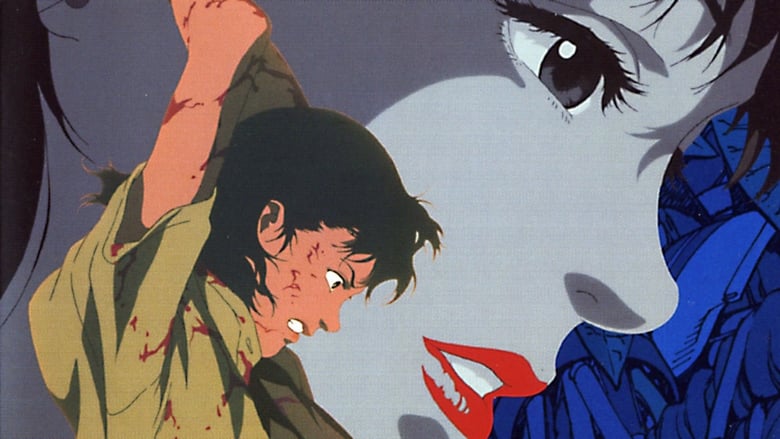
9. Harakiri (1962)
Masaki Kobayashi's Harakiri is widely regarded as one of the finest samurai films ever made, offering a critical look at the bushido code and the hypocrisy of feudal lords. Set during a brief period of peace under the Tokugawa shogunate, it follows a masterless samurai who arrives at a lord's house requesting to commit ritual suicide (harakiri) in their courtyard.
The film is visually striking, shot in stark black and white with deliberate, powerful compositions. Tatsuya Nakadai gives a commanding performance as the protagonist, delivering a performance filled with simmering rage and quiet dignity. Unlike many action-focused samurai films, Harakiri builds its tension through dialogue, flashbacks, and atmosphere, culminating in moments of intense, visceral violence. It's a profound and devastating critique of honor and power.

8. Your Name. (2016)
Your Name. (Kimi no Na wa.) is a beautifully animated and emotionally resonant film from Makoto Shinkai. It tells the story of a high school girl in rural Japan and a high school boy in Tokyo who mysteriously swap bodies. Their lives become intertwined as they try to understand this phenomenon and find each other.
The film was a massive box office success worldwide and garnered widespread critical acclaim for its stunning visuals, compelling narrative, and heartfelt story. Shinkai is often called the "new Miyazaki" due to his films' beauty and emotional depth, though his style is distinctly his own, focusing often on themes of distance, longing, and connection. The soundtrack by Radwimps played a huge role in the film's popularity in Japan. It's a modern classic that blends fantasy, romance, and drama seamlessly.

7. Akira (1988)
Akira is a landmark in animated cinema and a cornerstone of the cyberpunk genre. Katsuhiro Otomo's adaptation of his own manga is a visually stunning, often brutal, and complex tale set in a dystopian Neo-Tokyo in 2019 (futuristic at the time of its 1988 release). It follows biker gang leader Shotaro Kaneda as he tries to save his friend Tetsuo Shima, who develops dangerous psychic powers.
The animation quality was revolutionary for its time, boasting incredibly fluid motion and detailed backgrounds, achieved with a massive budget for an anime film then. The film's themes of technological anxiety, government corruption, and societal decay resonate powerfully. It's a must-watch for anyone interested in anime history or cyberpunk aesthetics, though be prepared for its intense themes and violence.

6. Princess Mononoke (1997)
Hayao Miyazaki's Princess Mononoke is an epic fantasy adventure that tackles complex themes of environmentalism, industrialization, and the conflict between humanity and nature. Set in a mystical ancient Japan, it follows Prince Ashitaka, who is cursed and seeks a cure, becoming entangled in a war between a mining town and the spirits of the forest, led by the fierce young woman San.
Released in 1997, it was the highest-grossing Japanese film domestically until Titanic surpassed it. Miyazaki famously did many of the storyboards himself and was deeply involved in the animation process. The film features stunning, large-scale battles and intricate creature designs. It's a visually spectacular and thought-provoking film that doesn't offer easy answers to its central conflicts.
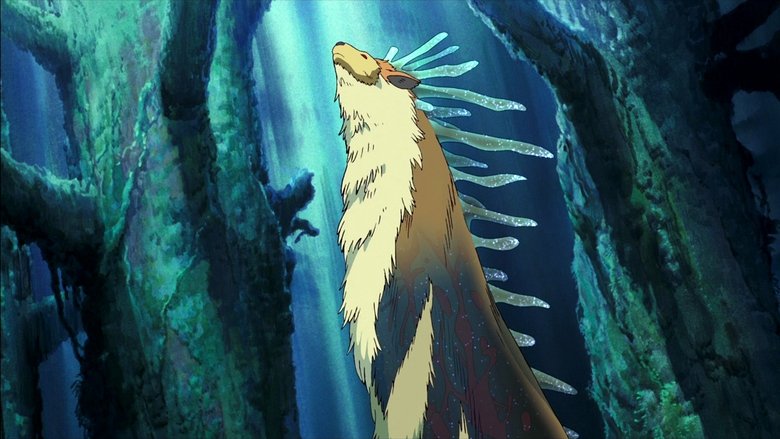
5. Grave of the Fireflies (1988)
Grave of the Fireflies, from Studio Ghibli's Isao Takahata, is an incredibly powerful and heartbreaking animated film. Set during the final months of World War II, it tells the story of two siblings, Seita and Setsuko, struggling to survive after their home is destroyed and their mother killed in a firebombing raid.
This film is renowned for its stark realism and emotional intensity, offering a raw look at the civilian cost of war. Despite being animated, it pulls no punches and is often cited as one of the most effective anti-war films ever made. Takahata chose not to romanticize the situation, presenting the children's plight with unflinching honesty. Keep the tissues handy; it's a deeply affecting experience that stays with you.

4. Tokyo Story (1953)
Yasujiro Ozu's Tokyo Story is a profoundly moving and deceptively simple film about generational divides and the changing landscape of post-war Japan. It centers on an elderly couple who travel to Tokyo to visit their grown children, only to find them too busy to spend much time with them.
Ozu's signature style is on full display here: low camera angles (often referred to as "tatami shots"), static compositions, and the use of transitional "pillow shots" depicting everyday life. He famously used the same camera lens for decades and preferred actors to face the camera directly when speaking, breaking conventional rules but creating an intimate connection. The film's quiet observation of family dynamics and the inevitable passage of time is incredibly poignant and universally relatable.

3. Rashomon (1950)
Akira Kurosawa's Rashomon is a groundbreaking film that explores the elusive nature of truth through multiple conflicting perspectives. Set in ancient Japan, it recounts a samurai's death and the assault of his wife from the viewpoints of a bandit, the wife, the samurai (via a medium), and a woodcutter.
This film is so influential that its title gave rise to the term "the Rashomon effect," which describes contradictory interpretations of the same event by different people. It was instrumental in introducing Japanese cinema to a Western audience, winning the Golden Lion at the Venice Film Festival and an honorary Academy Award. The cinematography is stunning, making innovative use of natural light filtering through the forest canopy. It's a philosophical mystery that keeps you thinking long after the credits roll.

2. Spirited Away (2001)
Spirited Away is a breathtaking journey into a fantastical spirit world, a true crown jewel from Studio Ghibli and the incomparable Hayao Miyazaki. It follows Chihiro, a young girl who gets trapped in a strange realm after her parents are transformed into pigs. To survive and save them, she must work in a bathhouse for spirits.
This film is the only hand-drawn, non-English film to win the Academy Award for Best Animated Feature, a testament to its universal appeal and artistic merit. The level of detail in the animation is astounding, from the bustling bathhouse to the serene train ride over the water. Joe Hisaishi's score is absolutely perfect, enhancing the wonder and emotion of every scene. It's a film that captures the feeling of childhood wonder and fear like no other.

1. Seven Samurai (1954)
Seven Samurai is not just a film; it's a blueprint for countless action movies that followed. Akira Kurosawa's epic masterpiece redefined filmmaking with its dynamic composition, pacing, and character development. Set in 16th-century Japan, it tells the story of a desperate village hiring samurai to defend them from bandits.
Did you know George Lucas studied this film extensively for Star Wars? The influence is undeniable, from team assembly tropes to specific narrative beats. Toshiro Mifune delivers a powerhouse performance as Kikuchiyo, the wild, energetic aspiring samurai. The film's length is substantial, over three hours, but every minute is essential, building tension and investment in the villagers and their protectors. It's a cornerstone of cinematic history and a thrilling watch.

